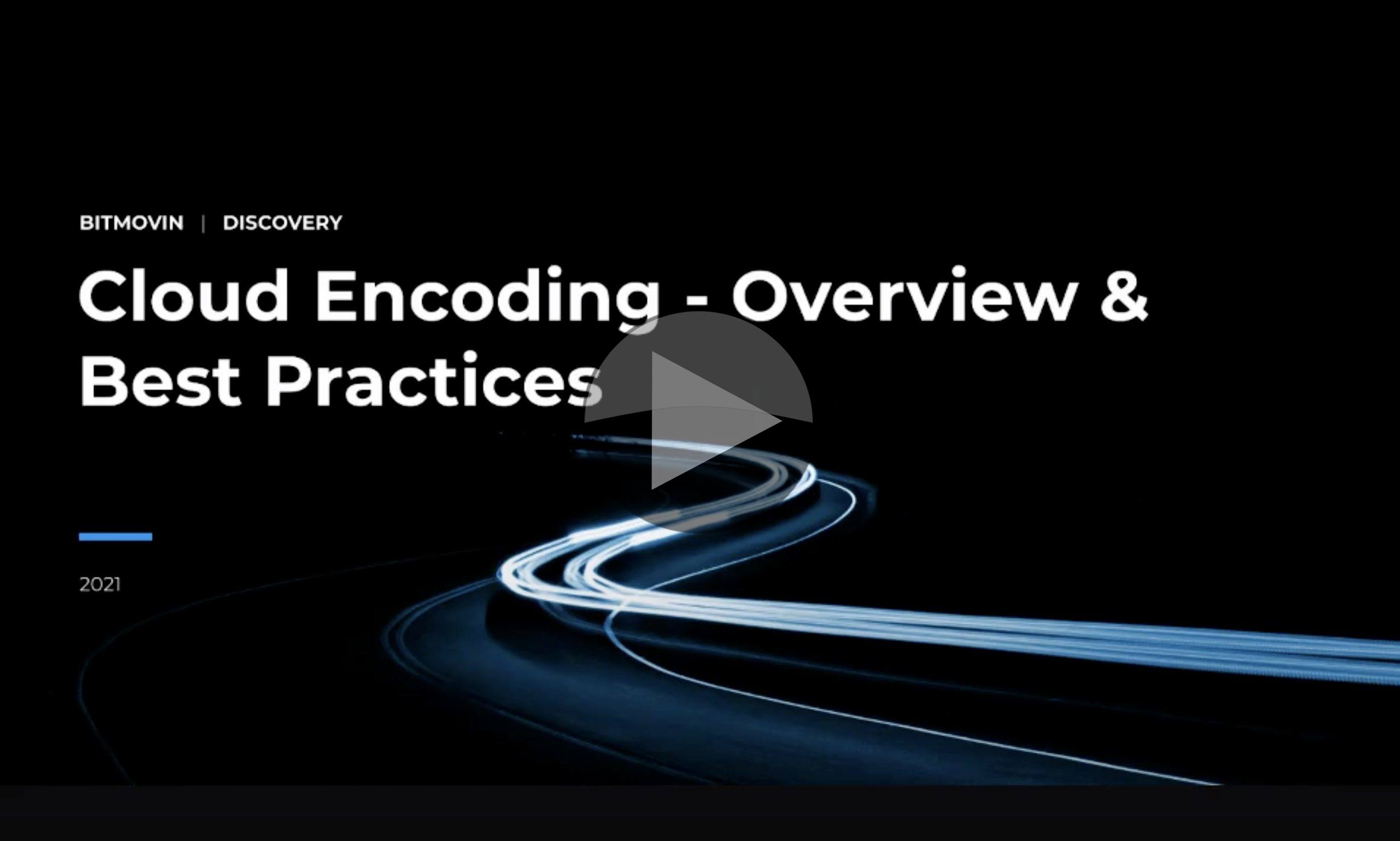There are so many ways to work in the cloud. You can use a monolithic solution which does everything for you which is almost guaranteed by its nature to under-deliver on features in one way or another for any non-trivial workflow. Or you could pick best-of-breed functional elements and plumb them together yourself. With the former, you have a fast time to market and in-built simplicity along with some known limitations. With the latter, you may have exactly what you need, to the standard you wanted but there’s a lot of work to implement and test the system.
Tom Kuppinen from Bitmovin joins Christopher Olekas from SSIMWAVE and host of this Kirchner Waterloo Video Tech talk on cloud encoding. After the initial introduction to ‘middle-aged’ startup, Bitmovin, Tom talks about what ‘agility in the cloud’ means being cloud-agnostic. This is the, yet unmentioned, elephant in the room for broadcasters who are so used to having extreme redundancy. Whether it’s the BBC’s “no closer than 70m” requirement for separation of circuits or the standard deployment methodology for systems using SMPTE’s ST 2110 which will have two totally independent networks, putting everything into one cloud provider really isn’t in the same ballpark. AWS has availability zones, of course, which is one of a number of great ways of reducing the blast radius of problems. But surely there’s no better way of reducing the impact of an AWS problem than having part of your infrastructure in another cloud provider.
Bitmovin have implementations in Azure, Google Cloud and AWS along with other cloud providers. In this author’s opinion, it’s a sign of the maturity of the market that this is being thought about, but few companies are truly using multiple cloud providers in an agnostic way; this will surely change over the next 5 years. For reliable and repeatable deployments, API control is your best bet. For detailed monitoring, you will need to use APIs. For connecting together solutions from different vendors, you’ll need APIs. It’s no surprise that Bitmovin say they program ‘API First’; it’s a really important element to any medium to large deployment.
When it comes to the encoding itself, per-title encoding helps reduce bitrates and storage. Tom explains how it analyses each video and chooses the best combination parameters for the title. In the Q&A, Tom confirms they are working on implementing per-scene encoding which promises more savings still.
To add to the complexity of a best-of-breed encoding solution, using best-of-breed codecs is part and parcel of the value. Bitmovin were early with AV1 and they support VP9 and HEVC. They can also distribute the encoding so that it’s encoded in parallel by as many cores as needed. This was their initial offering for AV1 encoding which was spread over more than 200 cores.
Tom talks about how the cloud-based codecs can integrate into workflows and reveals that HDR conversion, instance pre-warming, advanced subtitling support and AV1 improvements are on the roadmap while leads on to the Q&A. Questions include whether it’s difficult to deploy on multiple clouds, which HDR standards are likely to become the favourites, what the pain points are about live streaming and how to handle metadata.
Watch now!
Speakers
 |
Tom Kuppinen Senior Sales Engineer, Bitmovin |
 |
Moderator: Christopher Olekas Senior Software Engineer, SSIMWAVE Inc. |


